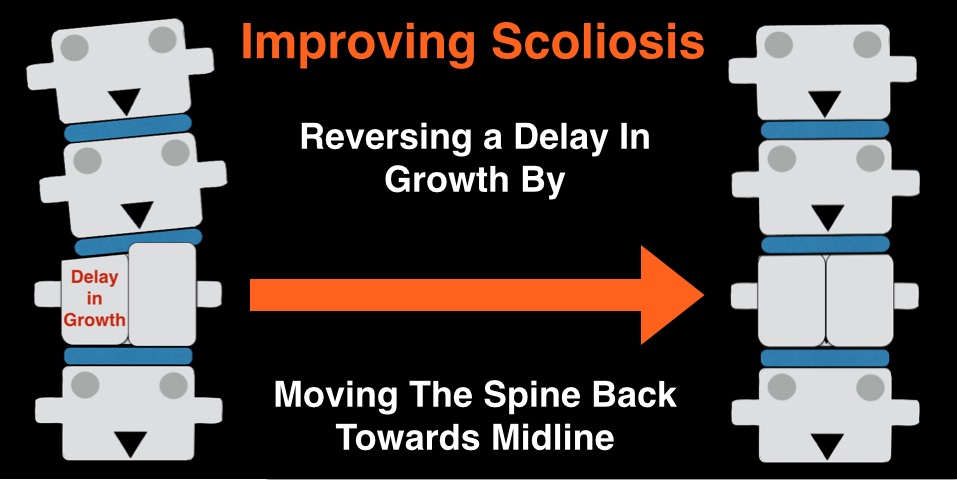In an article titled The Transformation of Spinal Curvature into Spinal Deformity: Pathological Processes and Implications for Treatment scoliosis researchers Martha C. Hawes and Joseph P. O’Brien determined that while a spinal curvature may start it does not mean that it will automatically cause deformity of the vertebra.
Hawes states that her data suggests that here is a threshold of continuous asymmetrical spinal loading that must be reached and surpassed before structural changes in the vertebra occur. While structural damage can occur very early in the development of a curve, especially in the presence of significant movement away from the midline, the damage can be almost entirely reversed when loading imbalances are restored when the patient still has significant growth potential.
Their data suggests that if you can prevent continuous asymmetric loading of the spine in an early stage of scoliosis it can prevent the development of spinal deformities. This has profound implications for scoliosis treatment and supports the idea of early intervention for scoliosis, as beginning treatment at the earliest stages of the development makes correction easier.

